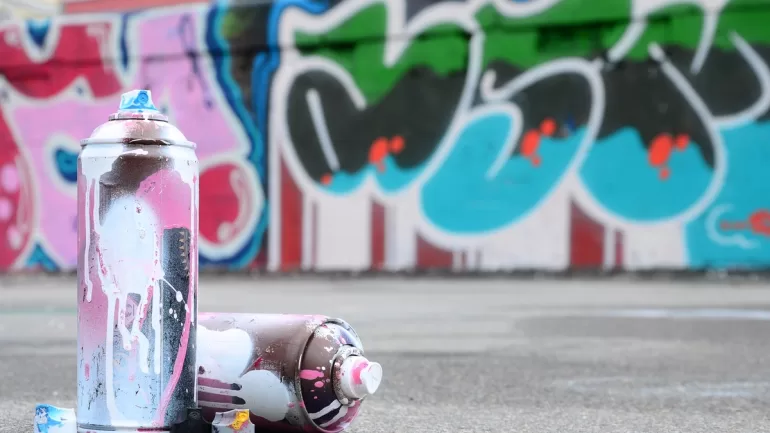ART NEWS
Uncover 5 key ways street art helps a city’s economy, from tourism boosts to job creation. See how creativity brings real value to urban life.
BY EMMA RADEBAUGH, ARTCENTRON
Discover 5 Ways Street Art Helps a City’s Economy Grow
Street art is more than just a splash of color on a concrete surface. Over the past few years, its acceptance has skyrocketed, with cities worldwide treating it as a powerful economic asset. From revitalizing neighborhoods to drawing in tourists, the financial ripple effects of street art are undeniable. Explore the ways street art boosts a city’s economy while enriching its culture.
Attracts Tourists
Bold murals and captivating installations have a way of catching people’s attention, and many cities have taken full advantage of this. Street art transforms ordinary neighborhoods into must-see destinations for tourists looking to snap Instagram-worthy photos.
Take, for instance, EaDo (East Downtown) or The Heights, two of the best places to visit when looking for things to do in Houston. These neighborhoods are among the most photographed areas in the city. Visitors often explore these neighborhoods specifically to appreciate their unique street art. In doing so, they contribute to the local economy by spending on food, lodging, and attractions.
Boosts Local Businesses
A beautifully painted wall might be all it takes for someone to stop and check out a local café or boutique. Street art has a way of driving foot traffic to nearby businesses, thanks to its ability to pique curiosity. Local companies in art-focused districts often experience a surge in visitors as murals create engaging spaces that invite exploration.
Creates Cultural Identity
Street art often turns neighborhoods into cultural hubs by showcasing stories and themes that resonate with the community. These striking visuals help foster local pride, giving residents and visitors a deeper sense of connection to the area.
Artists frequently use their work to depict a community’s history or shared values, creating a lasting cultural impression. People across creative industries, from musicians to architects, benefit as cultural identity attracts collaborations and opens doors for artistic ventures that lead to more job opportunities.
Increases Property Values
When a neighborhood embraces street art, it often leads to an uptick in revitalization efforts. The beauty of the art and design breathes new life into previously overlooked areas. Vibrant murals and installations make spaces feel more inviting and accessible. They tend to catch the attention of investors and homebuyers, gradually raising property values. It’s no coincidence that cities like London and Melbourne, renowned for their street art, consistently revitalize their urban districts to attract residents and businesses.
A Fresh Perspective for Residents and Visitors
Street art has an uncanny ability to cast familiar surroundings in a fresh light. For residents, it makes their day-to-day environment feel vibrant and inspiring; for visitors, it leaves them with an unforgettable impression of the city.
Street art improves a city’s economy by creating a supportive ecosystem benefiting local artists, galleries, and entertainers, who bring in more revenue from locals and tourists. It’s a creative outlet with tangible economic advantages, weaving art into the fabric of daily life.
Street art is an economic driver, supporting tourism, local businesses, urban renewal, and cultural identity. The vibrancy it adds to cities proves how a little creativity ripples through entire communities. Artists and art lovers alike discover the power of street art in your local area while supporting the economic and cultural lifeblood of your community.
